Semiconductors: The Bleeding Edge of AI
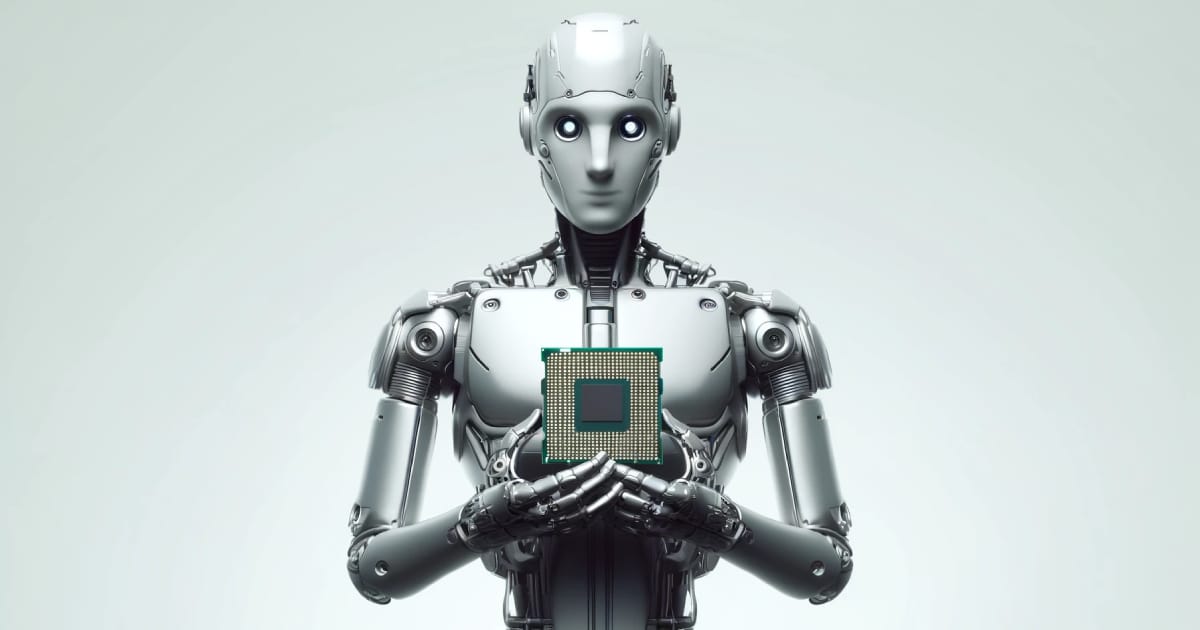
Electronic devices, from simple household gadgets to advanced computational systems, rely on semiconductors as their foundational components. However, the role of semiconductors becomes even more critical in the rapidly evolving field of artificial intelligence (AI). As AI technologies advance, the demand for semiconductors that are more powerful, efficient, and compact has skyrocketed, pushing the limits of what these minuscule components can accomplish.
Semiconductors are indispensable for AI due to their ability to process and store vast amounts of data, as well as their crucial role in networking and connectivity. We will show how semiconductors are driving cutting-edge AI developments, going into the evolution, current applications, challenges, and future prospects of this pivotal technology. By understanding the profound interconnection between AI and semiconductors, we can anticipate how future innovations might unfold, shaping the next generation of technological breakthroughs.
Understanding Semiconductors
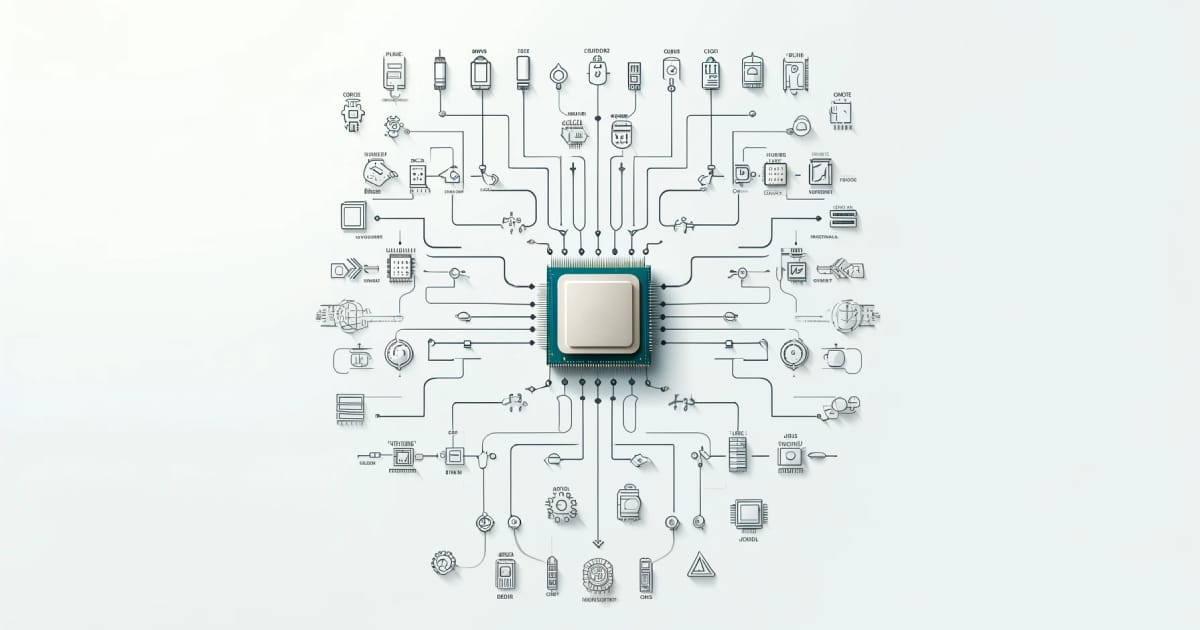
What are Semiconductors?
Semiconductors are materials with electrical conductivity between that of a conductor (like copper) and an insulator (like glass). This unique property is derived from their atomic structure—typically made from silicon, which can be altered by adding impurities, a process known as doping. This manipulation allows manufacturers to precisely control the material's electrical properties, enabling the creation of electronic components that are foundational to all modern electronics, including those used in AI.
How Semiconductors Work
At the heart of a semiconductor's functionality is its ability to control the flow of electrical current. Semiconductors can be treated to create either a surplus of electrons (n-type) or a deficit (p-type), which are necessary for forming basic electronic components like transistors. When combined, these doped regions can create junctions that allow current to flow in one direction under certain conditions—this directional flow is essential for the binary switching necessary in digital electronics.
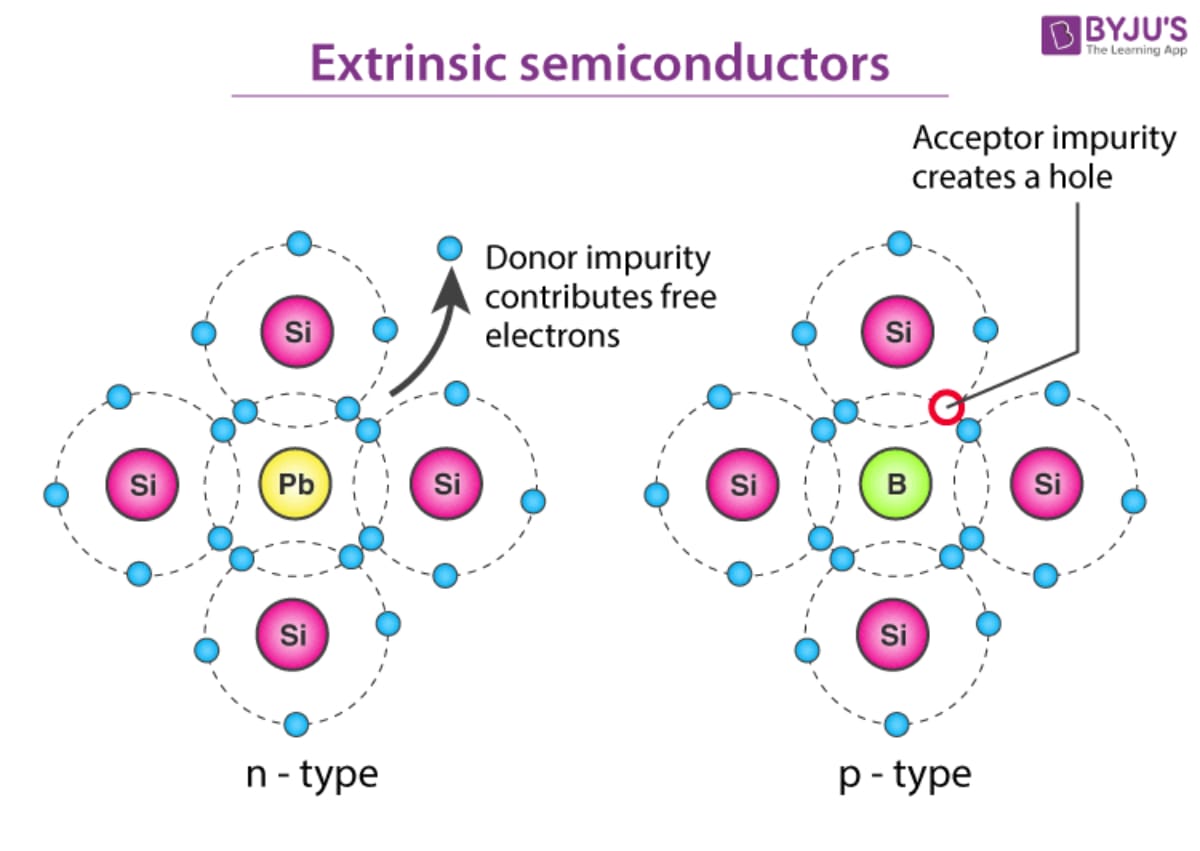
Key Components in Semiconductors that Facilitate AI
The transistor, the fundamental building block created using semiconductor materials, is crucial in AI applications. It is the key active component in billions of integrated circuits (ICs) including microprocessors and memory chips that run AI algorithms. The development of field-effect transistors (FETs), especially those based on silicon carbide and gallium nitride, has further revolutionized AI capabilities by offering faster switching speeds and higher efficiency, critical for processing AI algorithms rapidly and efficiently.
Semiconductors also contribute to the development of specialized AI chips like GPUs (graphic processing units) and TPUs (tensor processing units), which are designed to handle specific tasks such as neural network processing and deep learning more efficiently than general-purpose CPUs. These components are pivotal as they handle massive data sets and perform complex calculations at speeds unattainable by other means, driving forward AI research and application.
Evolution of Semiconductor Technology

Historical Perspective: From the First Transistor to Modern Chips
The journey of semiconductor technology began in 1947 with the invention of the transistor at Bell Laboratories. This breakthrough, initially created using germanium, marked the start of a new era in electronics. The shift to silicon transistors in the late 1950s due to silicon's superior thermal stability and electronic properties catalyzed the rapid expansion of the electronic industry. By the 1960s, the integration of multiple transistors onto a single chip gave birth to the first integrated circuit (IC), which laid the foundation for the microprocessor.
Milestones in Semiconductor Technology
Over the decades, semiconductor technology has seen remarkable milestones. The development of the microprocessor in the early 1970s by Intel introduced the computing power necessary for early computers. The advent of Moore's Law, which predicted the doubling of transistors on a chip approximately every two years, has driven the industry to continually innovate to keep pace. The introduction of the FinFET, a 3D transistor, in the 2010s, is another significant achievement that helped overcome limitations of scaling in planar transistors and improved performance at reduced power consumption.
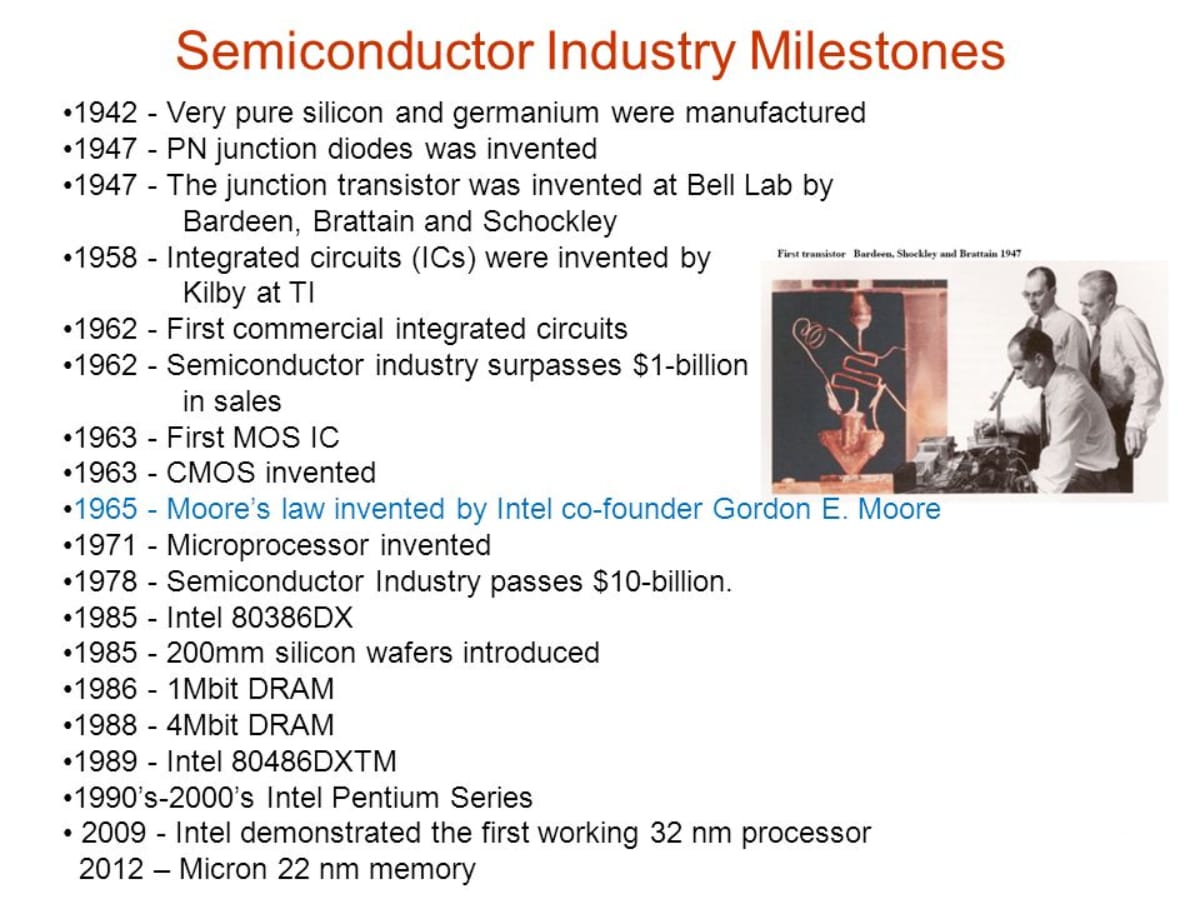
Recent Advancements in Materials and Manufacturing Techniques
In recent years, the focus has shifted from silicon to alternative materials like silicon carbide (SiC) and gallium nitride (GaN), which offer better performance for power devices and high-frequency applications, crucial for AI and automotive applications. Advances in lithography, particularly extreme ultraviolet (EUV) lithography, have pushed the boundaries of miniaturization further, enabling the creation of chips with features smaller than 7 nanometers.
Additionally, the adoption of new manufacturing techniques such as 3D stacking technology allows for the vertical integration of semiconductor wafers, significantly enhancing interconnect bandwidth and reducing latency, which are vital for sophisticated AI computations.
Semiconductors in AI Applications
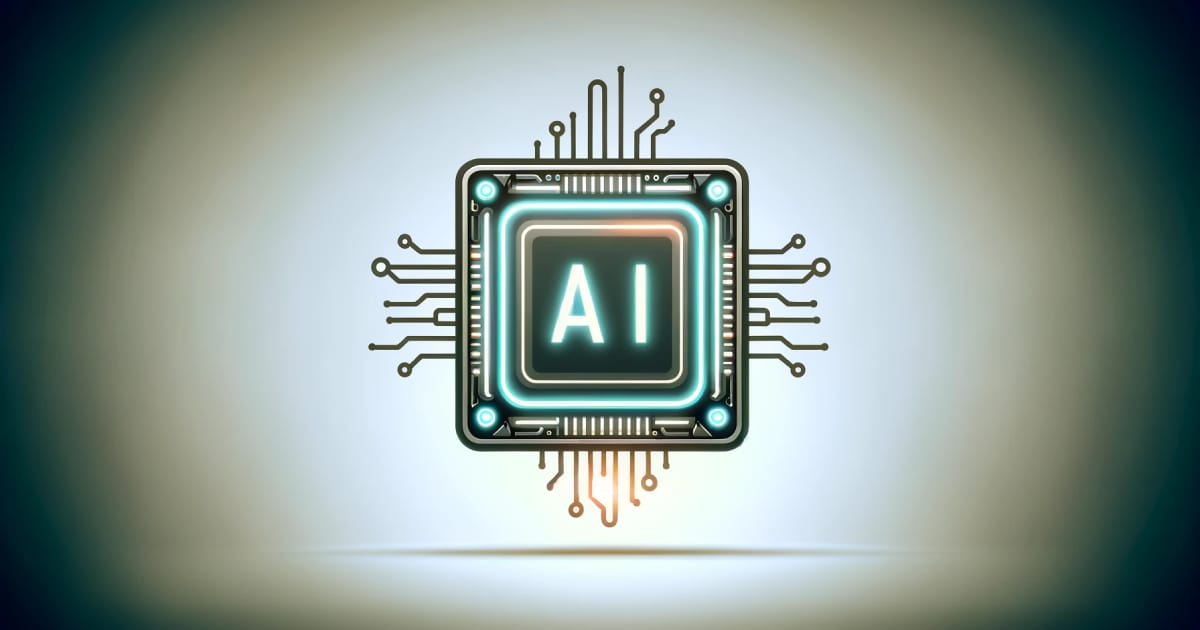
Types of AI Applications that Rely on Semiconductors
Artificial intelligence leverages semiconductors across a broad spectrum of applications, each demanding unique capabilities from these components. At the forefront are neural networks and deep learning processes that require intensive computation and data processing capabilities, facilitated by advanced semiconductor technology.
These applications range from voice recognition in personal assistants to real-time object detection in autonomous vehicles, all relying on the rapid, efficient processing power of modern semiconductor chips.
Case Studies: Examples of AI Innovations Powered by Advanced Semiconductors
- Autonomous Vehicles: Advanced driver-assistance systems (ADAS) are made possible by semiconductors that can process vast amounts of data from vehicle sensors in real-time, making split-second decisions that ensure safety and efficiency on the road.
- Smartphones: AI functions in smartphones, such as facial recognition and augmented reality, are supported by semiconductor components that manage power effectively while maintaining high performance, thereby enhancing user experience without sacrificing battery life.
- Healthcare: In the medical field, AI-driven diagnostic tools use semiconductor technology to analyze complex datasets quickly and with high accuracy, assisting doctors in early diagnosis and personalized medicine strategies.
Impact of Semiconductors on the Efficiency and Capabilities of AI Systems
The efficiency of AI systems is profoundly influenced by the underlying semiconductor technology. For instance, GPUs and TPUs, which are designed specifically for AI workloads, offer parallel processing capabilities that are essential for handling multiple operations simultaneously. This ability is crucial for training large, complex neural networks, substantially speeding up the learning process and enabling more sophisticated AI models.
Moreover, the continuous advancements in semiconductor technology, such as improved energy efficiency and faster processing speeds, not only enhance the capabilities of AI systems but also make them more accessible and sustainable for widespread use.
Challenges in Semiconductor Production
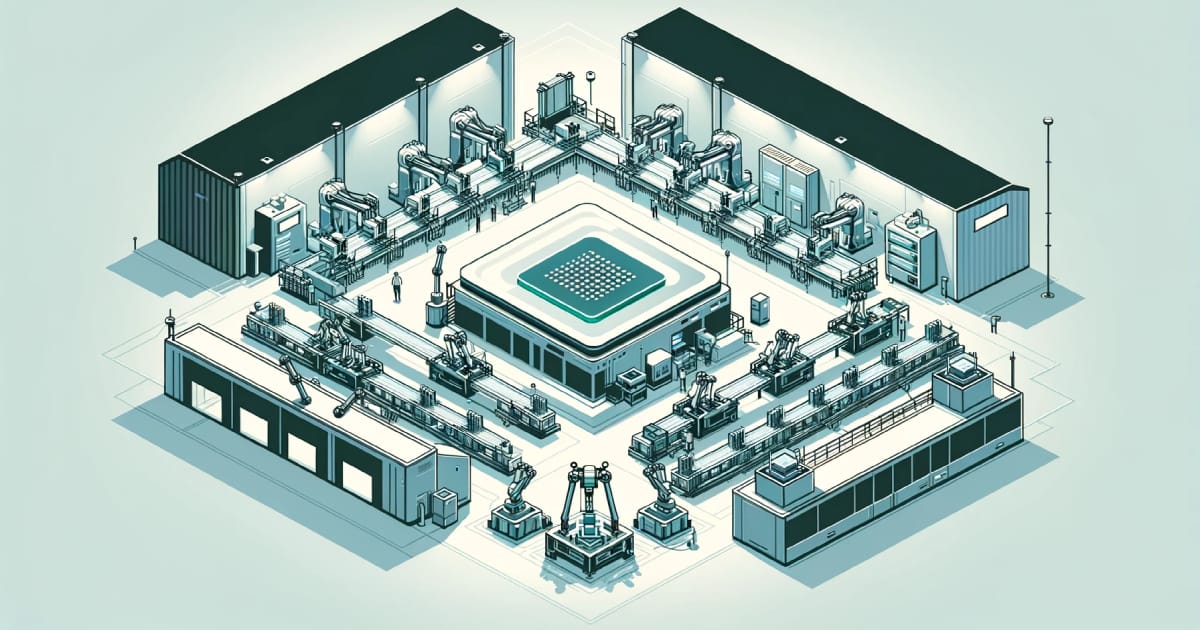
Technical Challenges: Miniaturization, Heat Dissipation, and Power Consumption
As semiconductor technology advances, the industry faces significant challenges in continuing to increase chip performance while managing physical limitations. One of the main issues is miniaturization—reducing the size of transistors to pack more into a single chip. This scaling down comes with challenges like increased heat production and power leakage, which can degrade performance and reliability.
Heat dissipation is another critical concern. As chips become smaller and their operations more dense, removing the generated heat efficiently becomes increasingly difficult. Effective heat management is crucial to maintain system stability and prolong the lifespan of semiconductor devices.
Power consumption also becomes a challenge as devices become more powerful and compact. Reducing power usage while increasing processing capabilities is essential, especially in mobile devices and large data centers, to enhance energy efficiency and reduce environmental impact.
Economic and Geopolitical Factors Affecting Semiconductor Production
The semiconductor industry is also influenced by complex economic and geopolitical factors. The cost of developing state-of-the-art fabrication plants is extremely high, often running into billions of dollars. This high barrier to entry limits the number of players in the market and can lead to supply constraints.
Moreover, the global nature of the semiconductor supply chain exposes it to geopolitical tensions and trade disputes. For instance, restrictions on semiconductor sales to certain countries can disrupt the entire industry, affecting everything from production timelines to the availability of consumer electronics.
Future Challenges and Potential Solutions in the Industry
Looking forward, the semiconductor industry must address several potential issues. One is the raw material scarcity for essential elements used in chip fabrication, such as rare earth metals. Another is the environmental impact of semiconductor manufacturing, which includes high energy consumption and chemical waste.
Potential solutions include the development of alternative materials that can replace rare or toxic substances currently used. Innovations in semiconductor design, such as quantum computing components and biodegradable electronics, also offer promising paths to overcoming some of these challenges. Furthermore, adopting more sustainable manufacturing practices and recycling programs can help mitigate the environmental impact of semiconductor production.
The Future of Semiconductors in AI

Emerging Technologies in Semiconductor Fabrication
The semiconductor industry is on the brink of several transformative advancements that promise to revolutionize AI capabilities. Key among these is the development of next-generation semiconductor materials such as graphene and molybdenum disulfide, which offer superior electrical, thermal, and mechanical properties compared to silicon. These materials can potentially enable the creation of ultra-thin, flexible, and highly efficient electronic devices that could open new avenues for AI applications in wearable technology and embedded systems.
Another significant advancement is in the area of quantum computing. Quantum computers use quantum bits or qubits, which can represent and store information in a fundamentally different way from traditional bits. This capability could dramatically accelerate AI processes, especially in complex problem-solving scenarios such as optimization and pattern recognition, by performing calculations at speeds unattainable with current semiconductor technologies.
Predictions for Future AI Capabilities Enabled by Next-Generation Semiconductors
The continual improvement of semiconductor technology is expected to drive significant advancements in AI. For instance, as chips become faster, smaller, and more energy-efficient, AI systems will be able to process and analyze data quicker and more accurately, leading to more advanced and autonomous AI applications. This evolution will likely see AI becoming more integrated into daily life, with smarter, more intuitive systems handling everything from urban traffic management to personalized healthcare.
Additionally, the integration of AI into semiconductor manufacturing processes itself is a promising development. AI can optimize production lines, predict maintenance needs, and enhance quality control, leading to faster production times and higher yields. This self-optimizing manufacturing environment could significantly reduce costs and improve the scalability of semiconductor fabrication.
Integration of AI in Semiconductor Manufacturing Processes
The use of AI to enhance semiconductor manufacturing is an exciting development. Through machine learning algorithms, manufacturers can predict and preemptively address potential issues in the fabrication process, improving yield rates and reducing waste. AI can also tailor semiconductor properties at the atomic level, enabling the precise engineering of materials to meet specific application needs, which is crucial for the advancement of both consumer electronics and industrial applications.
Final Thoughts
We explored the essential role semiconductors play in advancing artificial intelligence (AI), discussing their evolution, applications, challenges, and future prospects. The partnership between AI and semiconductors is critical, with semiconductors enabling AI to process large datasets quickly and accurately. Advances in technology, from basic transistors to sophisticated integrated circuits, have been key.
However, challenges like miniaturization, heat management, and environmental impacts remain. Future innovations could include new materials like graphene and quantum computing technologies, potentially transforming AI applications. Additionally, using AI in semiconductor manufacturing could significantly improve this sector by optimizing production and enhancing device functionality. Continued investment and collaboration are essential to overcome these challenges and harness the full potential of semiconductors in AI, ensuring AI's growth in various life aspects.
Key Takeaways
| Section | Key Takeaways |
|---|---|
| Introduction | Semiconductors are essential for AI, enabling fast processing needed for modern applications. |
| Understanding Semiconductors | They control electrical flow, crucial for AI's digital electronics like transistors and ICs. |
| Evolution of Semiconductor Technology | Advances in materials and techniques have continuously improved AI's capabilities. |
| Semiconductors in AI Applications | Key to AI in various fields such as vehicles, phones, and healthcare, enhancing performance and efficiency. |
| Challenges in Semiconductor Production | Issues include miniaturization, heat, power usage, and external economic and political influences. |
| The Future of Semiconductors in AI | New materials and technologies, like graphene and quantum computing, may significantly enhance AI. |
| Final Thoughts | Continued development in semiconductor technology is crucial for AI's advancement. |





